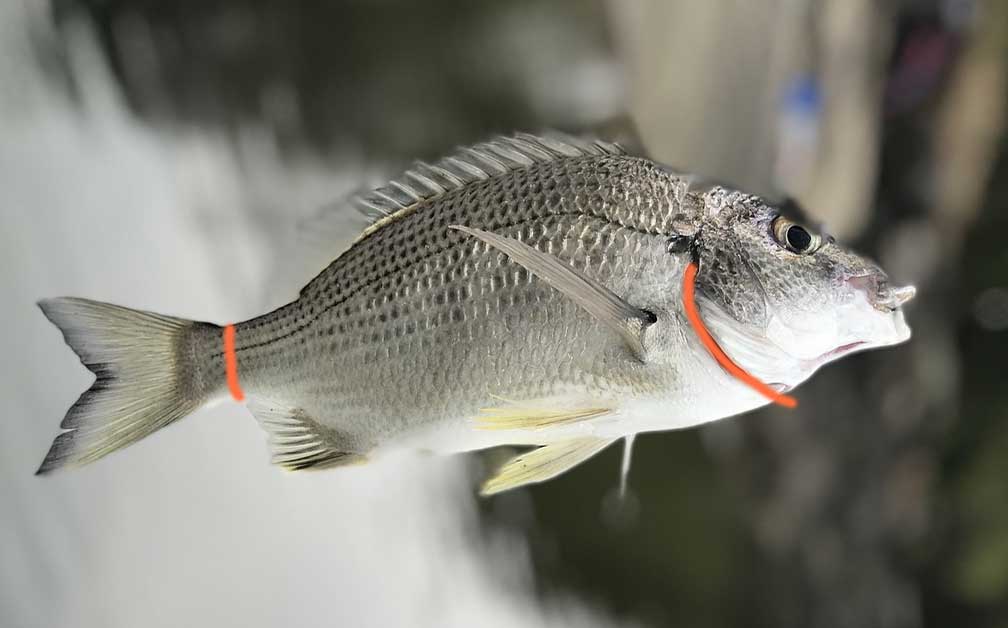
Brain Spiking or Ikejime Can Produce Better Tasting Fish and Higher Quality Meat
Did you know there is a way to dispatch and handle fish to make them taste better and last longer? Among the umami flavor substances, IMP, GMP, and AMP are quite abundant in fish and shellfish. It is worth the extra effort to preserve the flavor of fish after being caught.
Adenosine triphosphate (ATP) breakdown is directly attached to fish freshness. The higher the rate of degradation generally the higher the temperature of the fish is. It is beneficial to the flavor of fish not to be exhausted completely or to prolong fighting them to the net. They should also be dispatched quickly and put on ice.
Brain spiking fish (Ikejime is the Japanese term) and severing the spinal cord can reduce glycogen depletion and ATP degradation. During the process of being caught the fish struggles. During this struggle lactic acid is being produced in the muscle.
Brain spiking, blocking the spinal column, and bleeding help to minimize these biochemical processes. When fish die the blood is no longer pumping and there is no oxygen being sent to the muscles. Now there are no inhibitors to ATP degradation.

ATP depletion has been found to be the slowest in fish (you want this to be slow) that have not been instantly killed. Brain spiking, spinal cord destruction, and bleeding produced better quality meat than killing and bleeding such as a lethal cut behind the head resulting in severing the head and spinal cord.
Ikejime protects the flavor and meat quality. Biochemical reactions occur before, during, and after the fish’s death. Proper preparation and care can help protect your catch before going onto the table.
The process of ikejime doesn’t change much in the fish the first day or so. The real change comes in on the third or fourth day if you intend to age your catch or can’t eat it right away always.
- Cut the gills. Rapid blood loss occurs when fish are cut in the gills. This is why you should never hold fish by the gills if you plan to release them.
- Spike the brain. The fish’s brain is just behind the eyes. A pick through the skull will quickly kill the fish. Spiked fish will shudder or feel like it is vibrating. It will relax when done properly. Learn to do this step quickly and accurately to stop stress to the fish.
- Make a cut near the tail so that you can access the spinal column. Further to the rear of the fish is better as to avoid cutting up the meat unnecessarily. hold the tail at an angle to view the spinal cord.
- Use a sharp wire and run it through the fish’s spinal cord. This will destroy the nerves and completely stop the release of lactic acid and other biochemical reactions.
- Let the fish bleed. Put the fish head down in a bucket or cooler with ice and water. This method of dispatching fish should be done quickly from start to finish to help preserve the flavor and quality of the fish.
We often hear of a certain fish species that some people love and others hate. Some fish are just not tasty but some can be blamed on improper care and handling of fish. Throwing a fish on the deck of a boat in the summer will not result in the best taste and quality possible.
Take a few moments and prepare your catch quickly. Not only do you owe your catch a quick and painless dispatch but you owe it to yourself in the way of deliciousness of fresh fish on the table. It doesn’t take long and you can see and taste the rewards.
Scientific Research Paper Regarding ATP and Fish Freshnesshttps://www.researchgate.net/publication/279301560_The_Importance_of_ATP-related_Compounds_for_the_Freshness_and_Flavor_of_Post-mortem_Fish_and_Shellfish_Muscle_A_Review

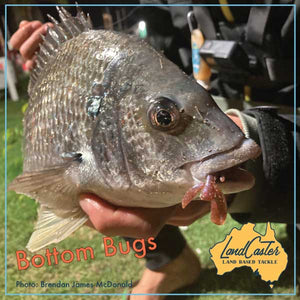
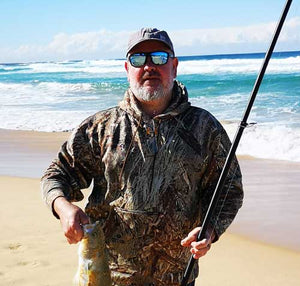
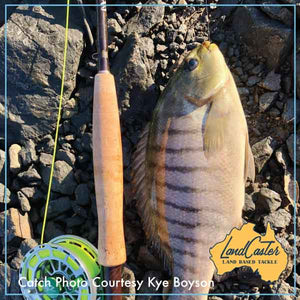
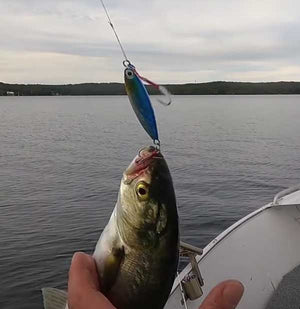
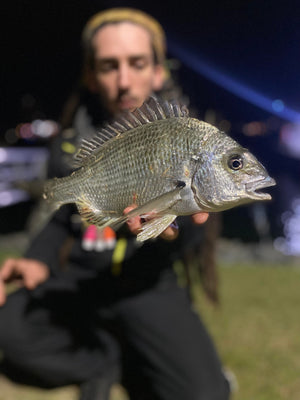
Leave a comment